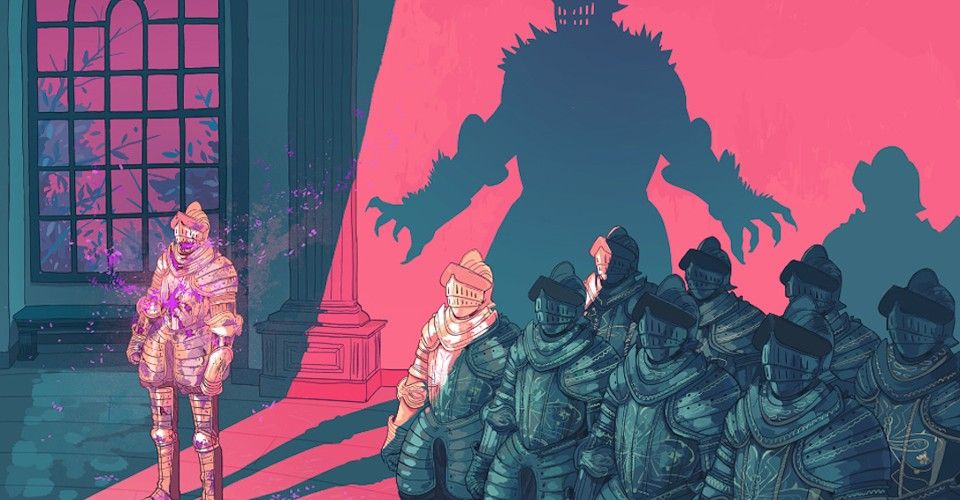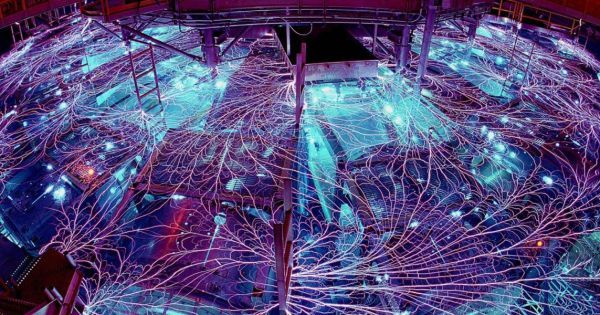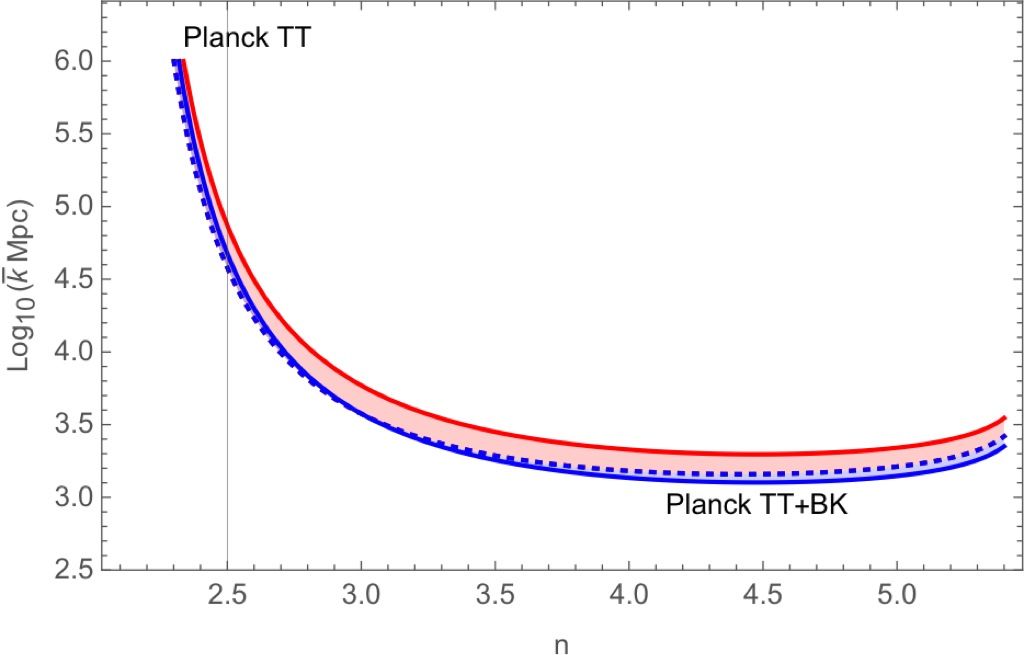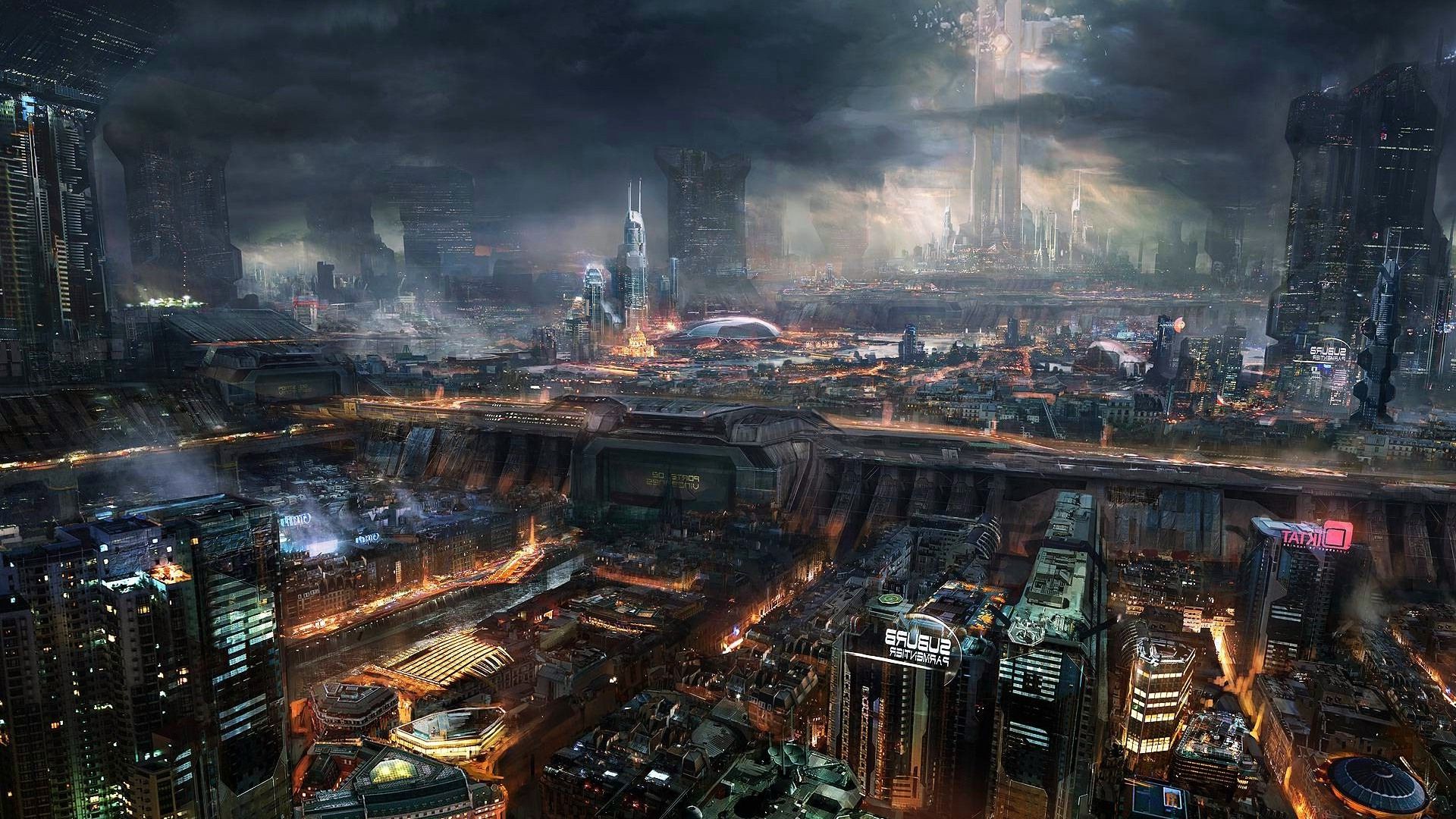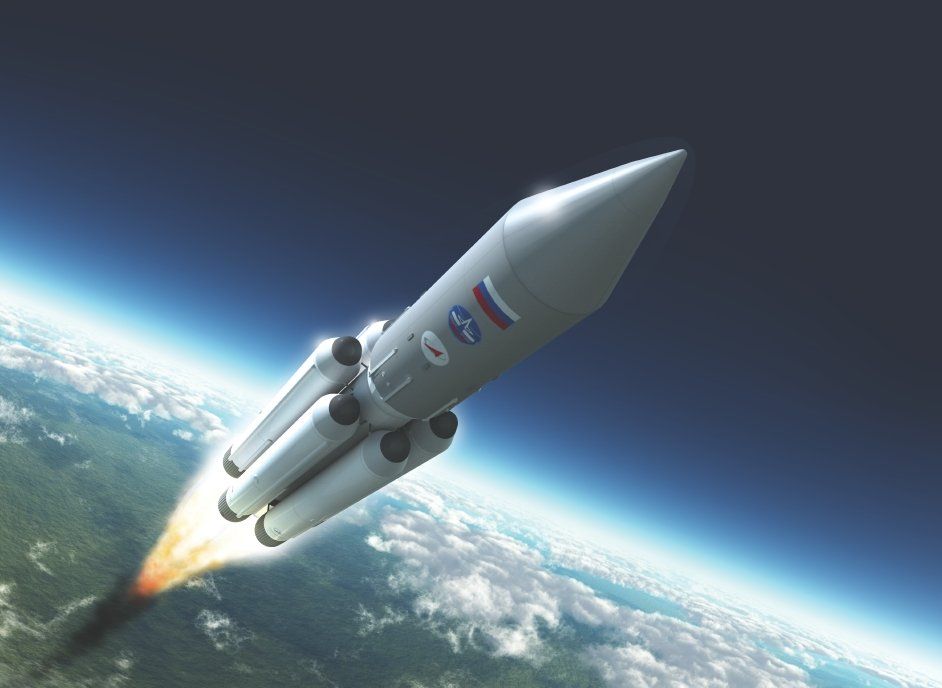Archive for the ‘evolution’ category: Page 39
Sep 17, 2016
Physicists Are Close to Producing Metallic Hydrogen, And It Could Change Everything
Posted by Elmar Arunov in categories: evolution, physics, space
The implications of the discovery of hydrogen in a metallic form make it a subject of great fervor. Teams are racing toward its use as a superconductor as well as a means of better understanding the universe.
The simplest and most common element, first in the periodic table, shouldn’t be difficult to crack, right? “What could be more simple than an assembly of electrons and protons?” asks Neil Aschcroft, a theoretical physicist at Cornell University. Yet, its supposed metallic form is quite the opposite. Apparently, the physics of hydrogen becomes more complex at high pressures. A sort of mega-evolution.
Hydrogen is naturally at a gaseous state, at room temperature and under atmospheric pressure. But hydrogen becomes solid, given enough of a forceful squeeze or at low temperatures. It also can transform into a liquid, if heat is added while squeezing. What is more confounding is the supposed ability of hydrogen, theoretically, to transform into metal if more extreme conditions are applied.
Sep 13, 2016
Quantum Cosmology and the Evolution of Inflationary Spectra [CL]
Posted by Karen Hurst in categories: cosmology, evolution, information science, quantum physics
We illustrate how it is possible to calculate the quantum gravitational effects on the spectra of primordial scalar/tensor perturbations starting from the canonical, Wheeler-De Witt, approach to quantum cosmology. The composite matter-gravity system is analysed through a Born-Oppenheimer approach in which gravitation is associated with the heavy degrees of freedom and matter (here represented by a scalar field) with the light ones. Once the independent degrees of freedom are identified the system is canonically quantised. The differential equation governing the dynamics of the primordial spectra with its quantum-gravitational corrections is then obtained and is applied to diverse inflationary evolutions. Finally, the analytical results are compared to observations through a Monte Carlo Markov Chain technique and an estimate of the free parameters of our approach is finally presented and the results obtained are compared with previous ones.
A. Kamenshchik, A. Tronconi and G. Venturi Tue, 13 Sep 16 11/91.
Continue reading “Quantum Cosmology and the Evolution of Inflationary Spectra [CL]” »
Sep 12, 2016
First multicellular organism inspires the design of better cancer drugs
Posted by Karen Hurst in categories: bioengineering, biotech/medical, evolution, information science
Amazing — fighting cancer with a new drug that self-assembles from individual cells that interact with each other into a complex structure through weak supramolecular interactions.
The first multicellular organism, Volvox, evolved from self-assembly of individual cells. Inspired by this organism, researchers from Brigham and Women’s Hospital have developed a novel approach for treating cancer. Drawing from the lessons of evolution, they designed anti-cancer molecules that can self-assemble with each other into a complex structure through weak supramolecular interactions. The complex, supramolecular therapeutics home into the tumor, increasing anticancer efficacy and reducing side effects.
To engineer the supramolecular therapeutics, the researchers developed a first-of-its-kind computational algorithm that simulates how anticancer molecules interact with each other at the molecular and atomic level. This understanding led to the design of the most optimal building blocks that can click with each other like LEGO blocks to form the supramolecular therapeutic. The researchers have named this computational algorithm Volvox after the biological organism.
Ashish Kulkarni, PhD, an instructor in the Division of Engineering in the Department of Medicine at the Brigham and Women’s Hospital, and the lead author of the paper published in September issue of ACS Nano, said, “The algorithm saves a lot of time during the development of next generation cancer therapy. Before we even go into experimental analysis, we are able to see whether or not there is a high enough concentration of the drug for the treatment to be effective. We hope that our method can eventually be used to treat many different types of cancer.”
Continue reading “First multicellular organism inspires the design of better cancer drugs” »
Sep 10, 2016
Is Evolution Over? Synthetic Biology Anticipates Nature’s Next Steps
Posted by Elmar Arunov in categories: bioengineering, biological, evolution, genetics, sustainability
Synthetic biology is essentially an application of engineering principles to the fundamental molecular components of biology. Key to the process is the ability to design genetic circuits that reprogram organisms to do things like produce biofuels or excrete the precursors for pharmaceuticals, though whether this is commercially viable is another question.
MIT’s Jim Collins, one of the founders of synthetic biology, recently explained it to me as putting the engineering into genetic engineering.
“Genetic engineering is introducing a gene from species A to species B,” he said. “That’s the equivalent of replacing a red light bulb with a green light bulb. Synthetic biology is focused on designing the underlying circuitry expressing that red or green light bulb.”
Continue reading “Is Evolution Over? Synthetic Biology Anticipates Nature’s Next Steps” »
Sep 8, 2016
Elon Musk is Looking to Kickstart Transhuman Evolution With “Brain Hacking” Tech
Posted by Carse Peel in categories: Elon Musk, evolution, habitats, neuroscience, robotics/AI, singularity, sustainability, transhumanism
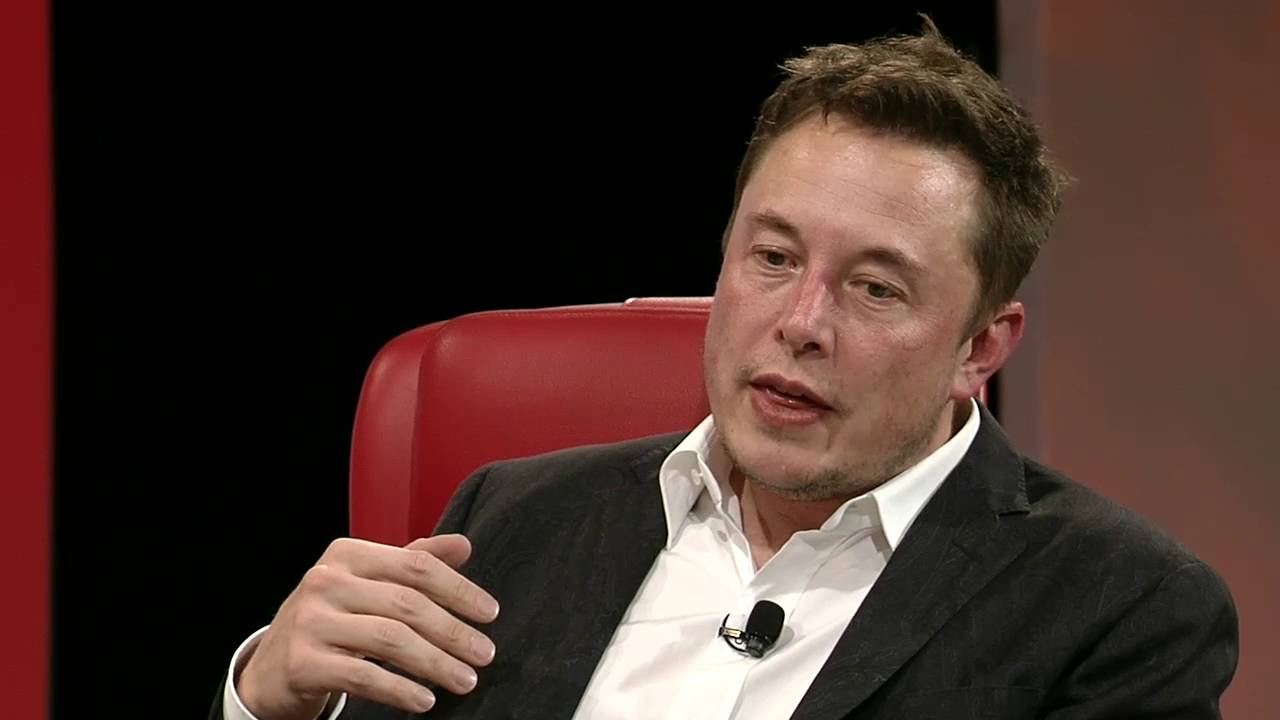
Elon Musk has recently hinted that he may be working on a “neural lace,” a mesh of electronics that will allow AI and the brain to work together. This could help human brains keep up with future enhancements in AI.
There’s no doubt that Elon Musk is one busy individual. When not playing on the Tesla factory floor, he may be bringing electric roofs to electric vehicles, or dreaming up the Hyperloop, or toying with the future of AI.
Sep 1, 2016
There’s a Startup That’s Building the AI From ‘Her’
Posted by Shailesh Prasad in categories: evolution, robotics/AI
A pocket-sized AI that sees everything you see, learns who you are, and anticipates your needs? Meet Asteria, the future of artificial intelligence.
To date, the promises of AI have largely remained unfulfilled. 2016’s cast of artificial characters—Siri, Cortana, Alexa—are still glorified chatbots, summoned only when we remember to check the weather, or when we need a gimmick at a house party.
Real artificial intelligence—the kind that thinks; the kind that feels; the kind that observes; the kind you might fall in love with if you’re not careful—is still a developer’s daydream. Meanwhile, the AI we do have seem trapped in the same cycle of incremental evolution as the devices they inhabit.
Continue reading “There’s a Startup That’s Building the AI From ‘Her’” »
Aug 31, 2016
What is Transhumanism?
Posted by Zoltan Istvan in categories: biotech/medical, evolution, robotics/AI, transhumanism
A nice story out on transhumanism:
An idea that has frequently been used by science fiction is now starting to gain widespread attention by futurists, scientists, philosophers, and even the general public; the idea that the human species needs to use either artificial augmentations or gene manipulation to usher in the next stage of evolution. That idea is transhumanism.
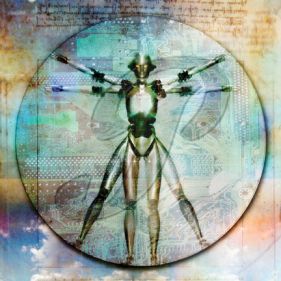 But why would humans want to willingly accelerate or initiate the next step in evolution? The positives of transhumanism are lofty goals that mankind has sought after for years, goals such as a world without diseases, ignorance, or even death. The only question, and an extremely important one, is how much is humanity willing to modify itself to attain those goals, and could the end result still be considered human? Some sources even suggest that in order to discuss individuals who are radically different from modern-day humans, the term “posthuman” must be used. Transhumanists who alter or augment themselves would theoretically at some point become a posthuman.
But why would humans want to willingly accelerate or initiate the next step in evolution? The positives of transhumanism are lofty goals that mankind has sought after for years, goals such as a world without diseases, ignorance, or even death. The only question, and an extremely important one, is how much is humanity willing to modify itself to attain those goals, and could the end result still be considered human? Some sources even suggest that in order to discuss individuals who are radically different from modern-day humans, the term “posthuman” must be used. Transhumanists who alter or augment themselves would theoretically at some point become a posthuman.
Aug 24, 2016
Steve Fuller’s Review of Homo Deus: A Brief History of Tomorrow by Yuval Noah Harari
Posted by Steve Fuller in categories: big data, bioengineering, biological, bionic, cyborgs, disruptive technology, energy, evolution, existential risks, futurism, homo sapiens, innovation, moore's law, neuroscience, philosophy, policy, posthumanism, robotics/AI, science, singularity, theory, transhumanism
My sociology of knowledge students read Yuval Harari’s bestselling first book, Sapiens, to think about the right frame of reference for understanding the overall trajectory of the human condition. Homo Deus follows the example of Sapiens, using contemporary events to launch into what nowadays is called ‘big history’ but has been also called ‘deep history’ and ‘long history’. Whatever you call it, the orientation sees the human condition as subject to multiple overlapping rhythms of change which generate the sorts of ‘events’ that are the stuff of history lessons. But Harari’s history is nothing like the version you half remember from school.
In school historical events were explained in terms more or less recognizable to the agents involved. In contrast, Harari reaches for accounts that scientifically update the idea of ‘perennial philosophy’. Aldous Huxley popularized this phrase in his quest to seek common patterns of thought in the great world religions which could be leveraged as a global ethic in the aftermath of the Second World War. Harari similarly leverages bits of genetics, ecology, neuroscience and cognitive science to advance a broadly evolutionary narrative. But unlike Darwin’s version, Harari’s points towards the incipient apotheosis of our species; hence, the book’s title.
This invariably means that events are treated as symptoms if not omens of the shape of things to come. Harari’s central thesis is that whereas in the past we cowered in the face of impersonal natural forces beyond our control, nowadays our biggest enemy is the one that faces us in the mirror, which may or may not be able within our control. Thus, the sort of deity into which we are evolving is one whose superhuman powers may well result in self-destruction. Harari’s attitude towards this prospect is one of slightly awestruck bemusement.
Here Harari equivocates where his predecessors dared to distinguish. Writing with the bracing clarity afforded by the Existentialist horizons of the Cold War, cybernetics founder Norbert Wiener declared that humanity’s survival depends on knowing whether what we don’t know is actually trying to hurt us. If so, then any apparent advance in knowledge will always be illusory. As for Harari, he does not seem to see humanity in some never-ending diabolical chess match against an implacable foe, as in The Seventh Seal. Instead he takes refuge in the so-called law of unintended consequences. So while the shape of our ignorance does indeed shift as our knowledge advances, it does so in ways that keep Harari at a comfortable distance from passing judgement on our long term prognosis.
Russia has begun designing a new super-heavy carrier rocket, which will be made using the accomplishments of the Energy-Buran program. This was reported by Russian newspaper, Izvestia. According to the General Director of RSC Energia, Vladimir Solntsev, it is expected that the existing RD-171 engine will be used.
“At this moment, we are not considering using hydrogen circuits on the first and second stages of this launch vehicle. In the third stage, we hope to use circuits from Angara, which is already flying,” he explained.
The rocket will launch a capacity of approximately 80 tons into low Earth orbit (LEO). Its further evolution, based on RD-171 technology, may make it possible to increase its carrying capacity to 120 tons and, if necessary, up to 160 tons due to changes in the rocket engine layout, and the expansion of the capabilities of the engines.
